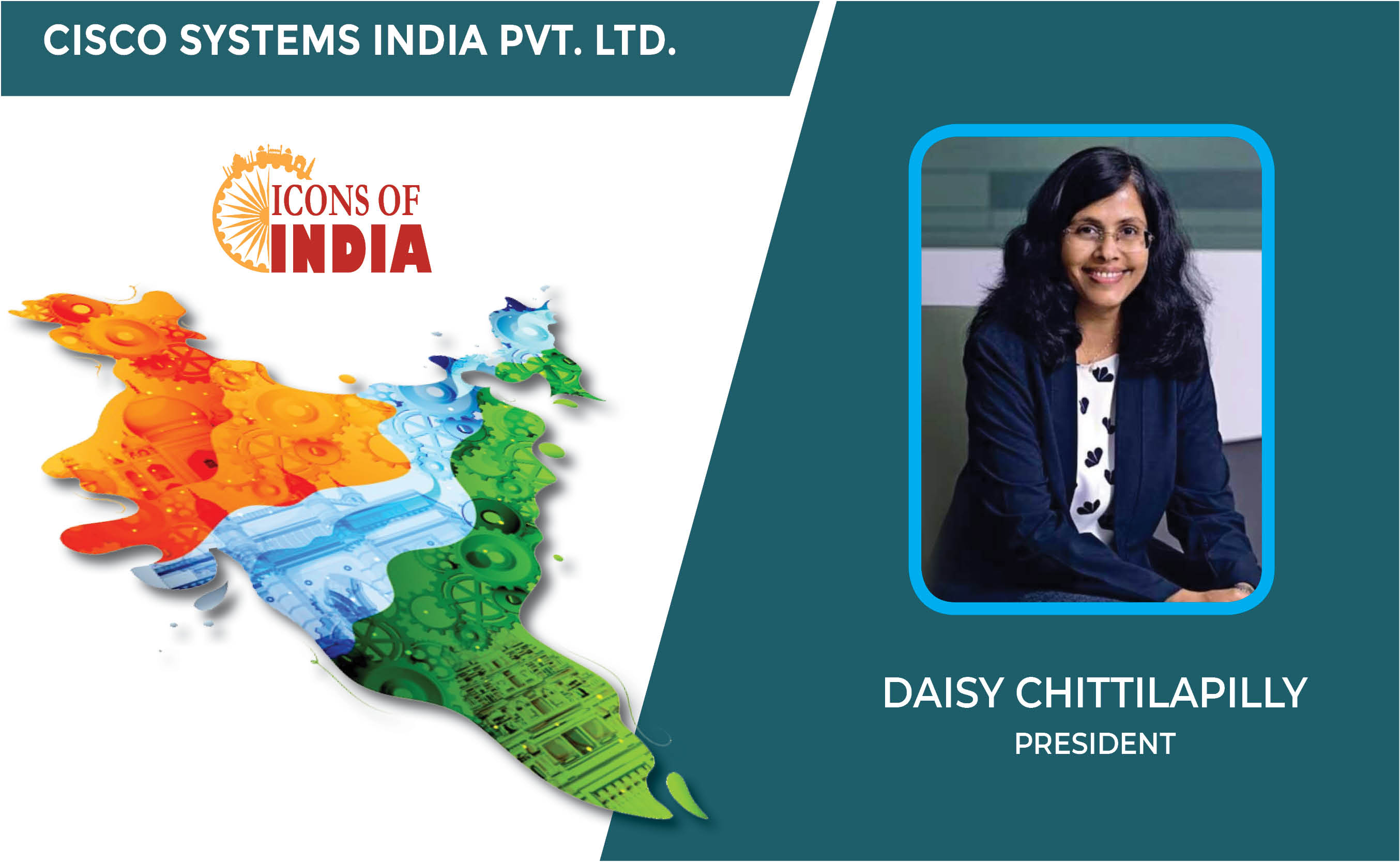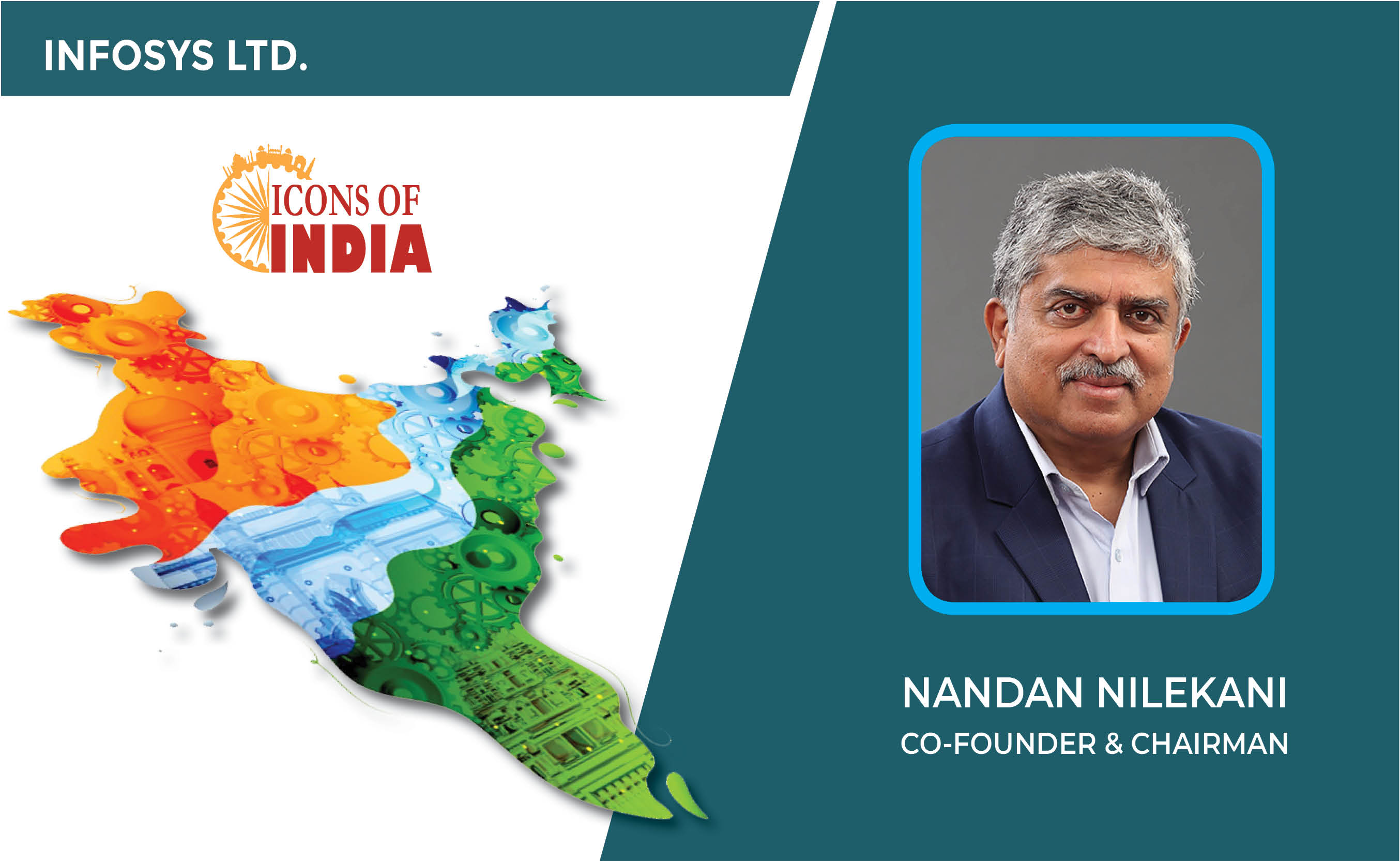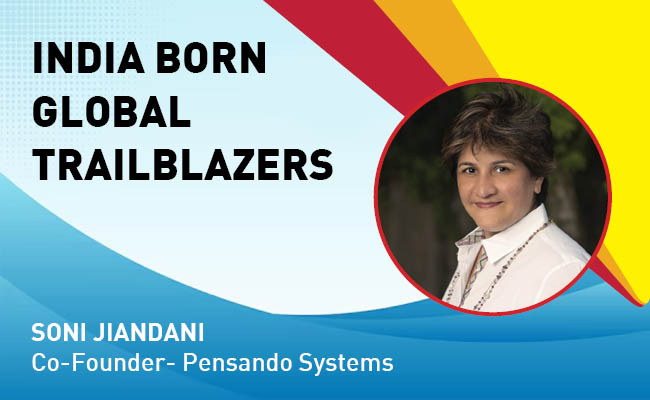Implementing effective technical goals for strategic growth
By MYBRANDBOOK

Arijit Dasgupta, Head IT, Rupa & Company
Technology blueprint for year ahead
Start by setting clear goals and objectives for the projects you’ll be working on. These goals should align with the overall business strategy and address specific areas where efficiency and productivity improvements are needed.
Assess the current technology infrastructure, systems, and processes in your organization. This audit will help you prioritize projects and allocate resources effectively.
Create a comprehensive technology roadmap that outlines the projects, initiatives, and upgrades your plan to undertake during 2023-24.
Prioritize projects based on their potential impact on efficiency, productivity, and cost reduction. Consider factors such as return on investment, alignment with business objectives, and feasibility of implementation.
Implement effective project management practices to ensure successful execution of technical projects. This includes defining project scope, establishing timelines, allocating resources, and monitoring progress regularly.
Explore opportunities to leverage cloud computing services and automation tools.
Invest in data analytics capabilities to derive insights and make data-driven decisions.
Prioritize cybersecurity to protect your organization’s data, systems, and customer information.
Digital technologies aiding to win customer trust
To win the trust of customers in the digital age, where on-demand services are prevalent, consider the following strategies:
Be transparent in your business practices and communicate openly with your customers. Clearly state your policies, pricing, terms, and conditions.
Prioritize the protection of customer data. Implement robust security measures to safeguard personal information and adhere to data protection regulations.
Provide exceptional customer service at every touchpoint. Be responsive, helpful, and attentive to customer inquiries, feedback, and complaints.
Leverage customer data to personalize the customer experience. Tailor recommendations, offers, and communications based on their preferences, purchase history, and behaviour.
Deliver a consistent brand experience across all channels and interactions.
Encourage and showcase positive customer reviews and testimonials. Highlight real-life experiences and success stories from satisfied customers.
Conduct your business with honesty and integrity. Avoid deceptive or misleading practices. If mistakes or issues occur, take responsibility, apologize, and make amends.
Foster a sense of community around your brand by creating online forums, social media groups, or customer loyalty programs. Encourage customers to engage with each other and share their experiences.
Be authentic in your brand communication. Avoid excessive marketing hype or false promises.
Continuously seek feedback from your customers and use it to improve your products, services, and customer experience.


Legal Battle Over IT Act Intensifies Amid Musk’s India Plans
The outcome of the legal dispute between X Corp and the Indian government c...

Wipro inks 10-year deal with Phoenix Group's ReAssure UK worth
The agreement, executed through Wipro and its 100% subsidiary,...

Centre announces that DPDP Rules nearing Finalisation by April
The government seeks to refine the rules for robust data protection, ensuri...

Home Ministry cracks down on PoS agents in digital arrest scam
Digital arrest scams are a growing cybercrime where victims are coerced or ...


Icons Of India : Daisy Chittilapilly
Daisy Chittilapilly is the President of Cisco’s India and SAARC regi...

Icons Of India : NANDAN NILEKANI
Nandan Nilekani is the Co-Founder and Chairman of Infosys Technologies...

Icons Of India : Harsh Jain
Harsh Jain, the co-founder of Dream 11, the largest fantasy sports web...


HPCL - Hindustan Petroleum Corporation Ltd.
HPCL is an integrated oil and gas company involved in refining, market...

NSE - National Stock Exchange
NSE is the leading stock exchange in India....

EESL - Energy Efficiency Services Limited
EESL is uniquely positioned in India’s energy sector to address ener...


Indian Tech Talent Excelling The Tech World - Soni Jiandani, Co-Founder- Pensando Systems
Soni Jiandani, Co-Founder of Pensando Systems, is a tech visionary ren...

Indian Tech Talent Excelling The Tech World - RAVI KUMAR S, CEO- Cognizant
Ravi Kumar S, appointed as CEO of Cognizant in January 2023, sets the ...

Indian Tech Talent Excelling The Tech World - Thomas Kurian, CEO- Google Cloud
Thomas Kurian, the CEO of Google Cloud, has been instrumental in expan...
 of images belongs to the respective copyright holders
of images belongs to the respective copyright holders